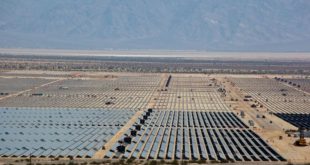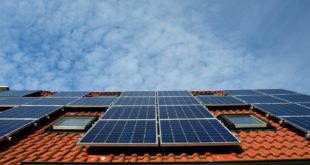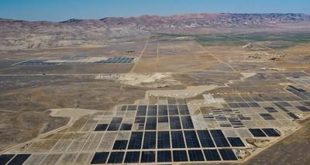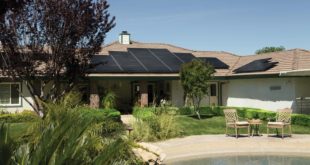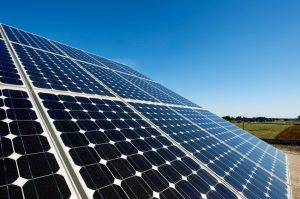 Solar power is the generation of electricity using solar energy. It consists of a series of chemical reactions, all of which happens in the solar panel. But how do they work?
Solar power is the generation of electricity using solar energy. It consists of a series of chemical reactions, all of which happens in the solar panel. But how do they work?
Solar panels are made up of photovoltaic (or PV) cells, which can be manufactured from a variety of materials; the most popular being crystalline silicon. These cells are produced by over 100 manufacturers across the globe, commercially available in four types. The type of panel appropriate for the customer differs according to their requirements – fortunately this is something the installer is qualified to discuss.
Below are the four main types of photovoltaic cells, along with a brief rundown of how each is made and their unique individual benefits:
Monocrystalline Silicon PV – These are the most commonly used panel types, accounting for approximately 93% of all solar modules sold around the globe. They are incredibly flexible in terms of project size, suitable for both large and smaller scale solar PV systems. This has lead to broad application and use across domestic and commercial installations alike, with some companies offering free solar incentives for using the technology.
Monocrystalline PV cells are produced when highly pure molten silicon forms a crystal, which is then cut into thin slices to comprise the basis of a solar cell. These slices are between 0.2 and 0.3mm thick, that are then cut into a hexagonal shape to optimise the module’s space. Monocrystalline cells are 13-17% efficient, making them the most efficient type of PV cell. They are therefore ideal for optimising smaller roof areas. However, the panels take more time and energy to produce which is reflected in their often high costs.
Polycrystalline Silicon PV – Another commonly used panel type, polycrystalline PV cells are also produced from pure molten silicon. However, instead of being formed as a crystal, they are produced using a casting process. The silicon, having already being heated to an extremely high temperature, is cooled under controlled conditions before setting to an irregular multi-crystallised, or ‘polycrystalline’ form.
The silicon is then cut into 0.3mm slices to be used in the panel. Polycrystalline panels have a notable blue appearance, due to the anti-reflective layer which is applied to the cells to increase their efficiency. These cells have an 11-15% efficiency level which, whilst lower than their monocrystalline counterparts, is usually reflected in their cost. They are best used for a larger surface area in order to make the installation less expensive, suitable for both domestic and commercial solar PV systems.
Amorphous Silicon PV – PV cells comprising of amorphous silicon make up 4.2% of global market sales. This particular type of silicon is non-crystalline and therefore formed in an entirely different way to poly and monocrystalline PV. The semi-conductor material required for amorphous silicon is much thinner at only 0.5 – 2.0um thick (1um=0.001mm). The process therefore requires considerably less raw material compared with the production of crystalline silicone.
Amorphous silicon cells are 6-8% efficient, which is lower than crystalline PV cells. Due to this low generation-density, these types of PV cells are not currently suitable for residential installations. Whilst their lower efficiency levels mean that they require a larger surface area, the output is less affected by shading and higher temperatures.
Hybrid PV – Hybrid photovoltaic cells use two different types of technology. The most common type contains a monocrystalline silicon cell coated in an ultra-thin amorphous silicon layer.
Combining the advantages of both crystalline and amorphous PV cells, they perform well at high temperatures whilst maintaining higher efficiencies than conventional silicon cells. They are also more sensitive to lower and indirect light levels, with efficiency levels of often more than 18%. However, whilst they are more cost-effective, they do carry a higher cost.
Which to choose?
Personal circumstances and requirements are key things to consider when choosing solar PV panels. Is the system required for a domestic or business installation? What is the priority – cost or efficiency? When deciding on an installer, it’s always best to ensure that they are reputable and accredited by the Renewable Energy Association and the Microgeneration Certification Scheme. Remember that they are in a position to help find the best panel type for different requirements and should be willing to discuss all available options.
 Alternative Energy HQ solar power for homes, wind energy, and bio fuel issues
Alternative Energy HQ solar power for homes, wind energy, and bio fuel issues


